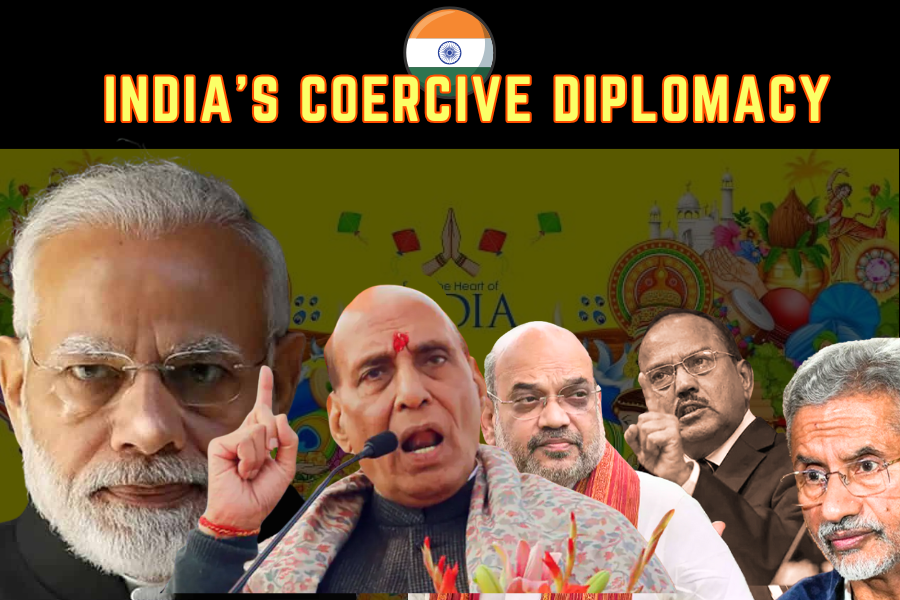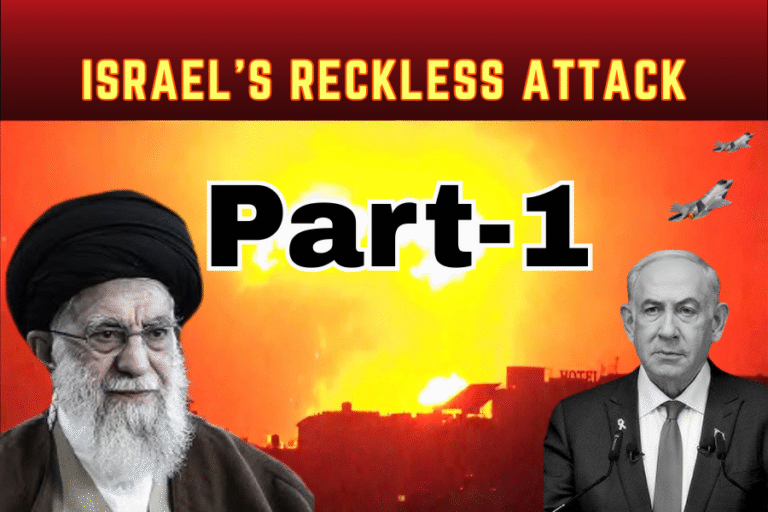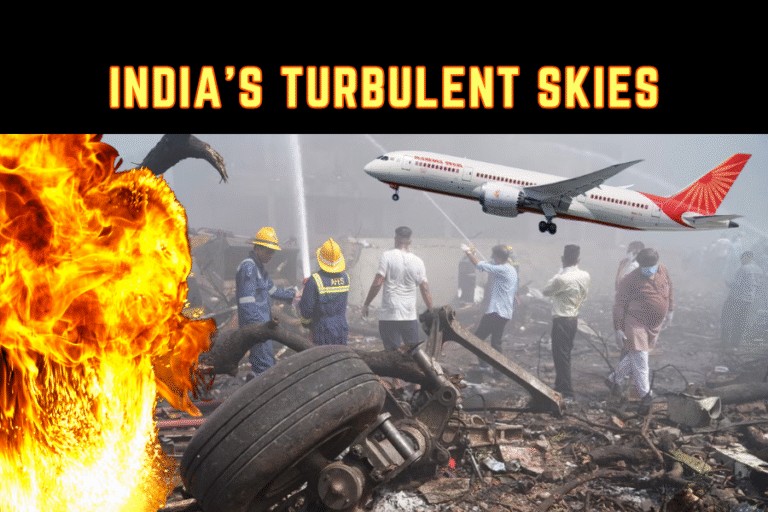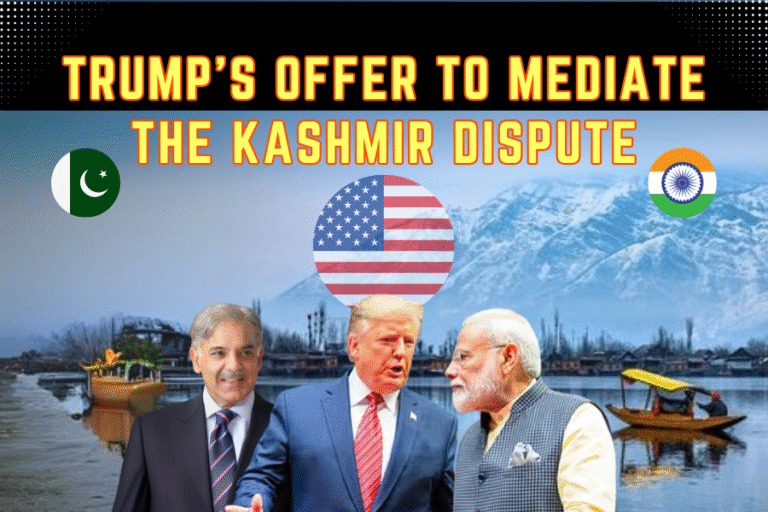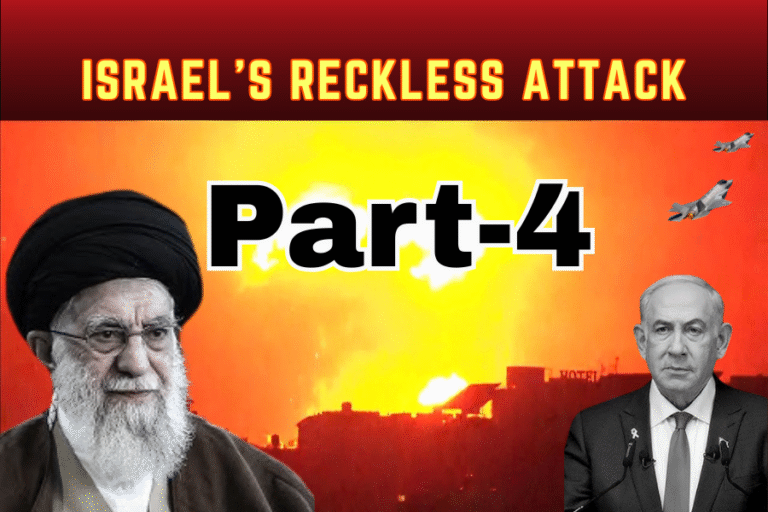(By Ayesha Mohsin)
India, once heralded as a beacon of democracy and a rising global power, stands today as a regional pariah, its coercive diplomacy poisoning relations with every neighbour and strangling the South Asian Association for Regional Cooperation (SAARC). From the smouldering Line of Control with Pakistan to the simmering border disputes with China, Nepal, and Bhutan, and the economic arm-twisting of Sri Lanka and Bangladesh, India’s belligerence has left South Asia fractured. The SAARC, envisioned as a platform for regional unity, lies in tatters, its last summit in 2014 a distant memory, suffocated by India’s refusal to engage constructively. In June 2025, as New Delhi’s rhetoric grows shriller and its actions more reckless—threatening Pakistan’s water rights under the Indus Waters Treaty and bullying smaller neighbours—India’s isolation deepens. This article argues that New Delhi’s coercive diplomacy has killed SAARC and bred enmity across its borders, necessitating an urgent shift to cooperative statecraft to avert regional chaos.
I. The Death of SAARC: India’s Stranglehold on Regional Cooperation
Founded in 1985, SAARC was South Asia’s ambitious bid for unity, aiming to foster economic, cultural, and political cooperation among Afghanistan, Bangladesh, Bhutan, India, Maldives, Nepal, Pakistan, and Sri Lanka. Representing 1.9 billion people and a combined GDP of $4.5 trillion in 2025, SAARC held the promise of a vibrant regional bloc, akin to ASEAN or the EU. Yet, it has been comatose since the 19th SAARC Summit, scheduled for Islamabad in 2016, was cancelled after India withdrew, citing Pakistan’s alleged support for terrorism following the Uri attack. No summit has convened since, with India’s intransigence the chief culprit.
- India’s Sabotage: India’s boycott of the 2016 summit, followed by Bhutan, Bangladesh, and Afghanistan under its pressure, set a precedent for weaponizing SAARC. New Delhi’s refusal to attend summits unless Pakistan is sidelined, as reiterated by External Affairs Minister S Jaishankar in 2024, has paralyzed the organization. SAARC’s charter requires consensus, giving India veto power to stall initiatives like the South Asian Free Trade Area (SAFTA) or regional connectivity projects.
- Neglect of Smaller Members: India’s dominance—accounting for 75% of SAARC’s GDP and 65% of its population—breeds resentment. Nepal’s push for a 2020 virtual summit was rebuffed by India, citing “security concerns,” while Maldives and Sri Lanka’s calls for economic integration were ignored. The SAARC Secretariat in Kathmandu, underfunded at $15 million annually, is a hollow shell, unable to mediate disputes or drive agendas.
- Alternative Alliances: India’s pivot to BIMSTEC, excluding Pakistan and Afghanistan, signals its intent to marginalize SAARC. Yet, BIMSTEC’s 2025 summit in New Delhi saw Bangladesh and Nepal criticize India’s trade barriers, per The Hindu, exposing New Delhi’s failure to lead even its preferred forums.
SAARC’s demise is India’s doing, its coercive tactics—boycotts, pressure on smaller states, and refusal to engage Pakistan—choking a platform that could have lifted South Asia from poverty and conflict. As X posts from @SAARCWatch lament, “India’s arrogance has buried SAARC,” a sentiment echoing across the region.
II. Enmity with Neighbours: A Circle of Hostility
India’s relations with its seven land and maritime neighbours—Pakistan, China, Nepal, Bhutan, Bangladesh, Sri Lanka, and Maldives—are marked by distrust, disputes, and outright hostility, driven by New Delhi’s heavy-handed diplomacy.
- Pakistan: The Indo–Pakistan rivalry, rooted in partition, has worsened under India’s Hindu nationalist Bharatiya Janata Party (BJP). The May 2025 aerial conflict, sparked by the Pahalgam attack, saw Pakistan shooting down seven Indian jets, including Rafales, humiliating New Delhi. India’s vow to suspend the Indus Waters Treaty (IWT), threatening Pakistan’s Chenab, Jhelum, and Indus rivers, violates international law, risking water war. Pakistan’s Foreign Office condemned India’s “hydrological aggression”, while China warned of Brahmaputra retaliation.
- China: The 2020 Galwan clash, killing 20 Indian soldiers, and ongoing Ladakh standoffs expose India’s inability to match China’s military might. India’s 2024 ban on Chinese investments and border skirmishes in Arunachal Pradesh, per Reuters, fuel tensions, with Beijing’s $62 billion CPEC investment in Pakistan countering India’s regional ambitions.
- Nepal: India’s 2015 economic blockade, halting fuel and medicine over Nepal’s constitution, strained ties. The 2020 Kalapani dispute, with India claiming Nepali territory in its maps, prompted Kathmandu to issue counter-maps, per The Kathmandu Post. Nepal’s Prime Minister KP Sharma Oli’s 2025 call for “sovereign equality” reflects distrust of India’s big-brother attitude.
- Bhutan: India’s influence over Bhutan’s foreign policy, via the 2007 treaty, breeds resentment. Bhutan’s 2023 border talks with China, bypassing India, and its refusal to join India’s anti-Pakistan SAARC boycott in 2024, per Kuensel, signal a shift toward autonomy, irking New Delhi.
- Bangladesh: Despite economic ties, India’s 2024 deportation of Bangladeshi migrants and Teesta River water-sharing disputes strain relations. Dhaka’s Foreign Minister AK Abdul Momen criticized India’s “unilateral” water diversions in 2025, per The Daily Star, while India’s support for the Awami League alienates opposition groups.
- Sri Lanka: India’s pressure to cancel Chinese port projects, like Hambantota, and delays in Adani-funded Colombo port development, per Daily Mirror, fuel Colombo’s frustration. Sri Lanka’s 2025 debt restructuring talks saw India demand strategic concessions, prompting President Anura Kumara Dissanayake to seek Chinese aid.
- Maldives: The 2023 election of pro-China President Mohamed Muizzu, who demanded Indian troops leave, marked a rebuke of India’s influence. India’s boycott of Maldivian tourism in 2024, after Muizzu’s China visit, per Sun Online, deepened enmity, with Male pivoting to Beijing.
India’s coercive diplomacy—blockades, territorial claims, and economic pressure—has alienated every neighbour, turning South Asia into a tinderbox of mistrust.
III. The Mechanics of Coercion: India’s Diplomatic Arsenal
India’s foreign policy under the BJP, driven by Hindutva nationalism, employs coercion over cooperation, undermining regional stability.
- Economic Leverage: India’s $1.4 trillion economy dwarfs its neighbours, enabling trade manipulation. The 2015 Nepal blockade cost Kathmandu $5 billion, per Nepal’s Finance Ministry, while Sri Lanka’s reliance on Indian loans ($3 billion in 2022) comes with strings, like port concessions.
- Military Posturing: India’s $81 billion defence budget, the world’s fourth-largest in 2025 per SIPRI, dwarfs Pakistan’s $11 billion and Bangladesh’s $4 billion. Deployments along the Line of Control and Ladakh signal intimidation, though May 2025’s defeat exposed vulnerabilities.
- Diplomatic Isolation: India’s pressure on SAARC members to shun Pakistan, as in 2016, and its lobbying against China’s Belt and Road Initiative (BRI) in Nepal and Sri Lanka, alienate smaller states. Its refusal to join RCEP in 2020, citing Chinese dominance, limited regional trade prospects.
- Water Weaponization: India’s violation of the IWT, reducing Chenab flows by 17% in June 2025, per Pakistan’s IRSA, and delays in Teesta sharing with Bangladesh, exploit upstream control, risking ecological and economic crises.
This coercive toolkit—economic strangulation, military bravado, and diplomatic arm-twisting—reflects India’s delusion of hegemony, blind to the resentment it sows.
IV. The Cost of Hubris: Regional and Global Repercussions
India’s actions have not only killed SAARC but destabilized South Asia, inviting counter-alignments and global scrutiny.
- Regional Instability: India’s enmity with Pakistan risks nuclear escalation, with 165 Indian and 170 Pakistani warheads, per SIPRI. China’s support for Pakistan and Nepal’s tilt toward Beijing create a counter-bloc, undermining India’s Act East policy. Houthi attacks in the Red Sea, linked to Iran–Pakistan solidarity, could disrupt India’s oil imports, per Reuters.
- Economic Stagnation: SAARC’s failure stalls intra-regional trade, at just 5% of South Asia’s total compared to ASEAN’s 25%. India’s protectionist tariffs, averaging 17%, per WTO, hinder SAFTA, costing the region $50 billion annually, per the World Bank.
- Global Isolation: India’s coercive tactics draw criticism. The UN’s 2024 human rights report condemned India’s Kashmir crackdown, while China and Russia back Pakistan’s IWT pleas at the SCO. Social medoa posts decry India’s “bully tactics,” reflecting global unease.
- Pakistan’s Plight: India’s IWT violation threatens Pakistan’s agriculture, with a 14,800-cusec Chenab shortfall in June 2025, risking $3 billion in crop losses. Pakistan’s $350 billion economy, already strained, faces further pressure, pushing it toward China and Iran.
India’s isolation, as neighbours pivot to China’s BRI or Russia’s SCO, exposes the folly of its zero-sum diplomacy, weakening its global ambitions.
V. Adjusting India’s Diplomacy: A Path to Redemption
India must abandon coercion for cooperation to revive SAARC and mend ties, lest South Asia descends into chaos.
- Revive SAARC: India should commit to a 2026 summit in Islamabad, dropping its Pakistan boycott. Funding SAARC’s secretariat at $50 million annually and advancing SAFTA with tariff cuts would rebuild trust, per ESCAP recommendations.
- Respect Treaties: India must honor the IWT, restoring Chenab flows and engaging Pakistan via the Permanent Indus Commission. Transparent Teesta sharing with Bangladesh, mediated by a third party, would ease tensions.
- De-escalate Borders: India should negotiate with China on Ladakh and Arunachal, accepting Bhutan’s autonomy in China talks. Resolving Kalapani with Nepal via joint surveys, as proposed in 2020, would restore goodwill.
- Economic Cooperation: Reducing trade barriers and supporting Sri Lanka’s debt restructuring without strategic demands would counter China’s influence. Backing Maldives’ tourism and Nepal’s hydropower exports would show magnanimity.
- Soft Power: India’s cultural diplomacy—Bollywood, yoga, and education—must replace coercion. Scholarships for SAARC students and visa-free travel, as proposed by Nepal in 2014, could foster people-to-people ties.
These steps, rooted in humility, would reposition India as a partner, not a predator, reviving SAARC’s vision of a united South Asia.
VI. Conclusion: A Reckoning for India
India stands at a crossroads, its coercive diplomacy having slain SAARC and sown enmity with every neighbour. From Pakistan’s imperiled rivers to Nepal’s wounded pride, from China’s counter-moves to Maldives’ defiance, New Delhi’s hubris has birthed a region of rancor. The SAARC, a dream of unity, lies buried under India’s boycotts and bullying, its promise of prosperity for 1.9 billion souls betrayed. Pakistan, battered by India’s water war, stands resolute, backed by China and Iran, while smaller neighbours pivot to Beijing, exposing India’s isolation.
The world watches, its patience waning, as India’s actions threaten South Asia’s stability. Many voices cry out, “India must change,” a plea for reason amid the din of nationalism. New Delhi must heed this call, embracing diplomacy over dominance, cooperation over coercion. Restore SAARC, honor treaties, and respect sovereignty, or face a future of conflict and irrelevance. India’s reckoning is here—will it rise as a leader or fall as a tyrant? South Asia’s fate hangs in the balance, and history will judge India’s choice.

